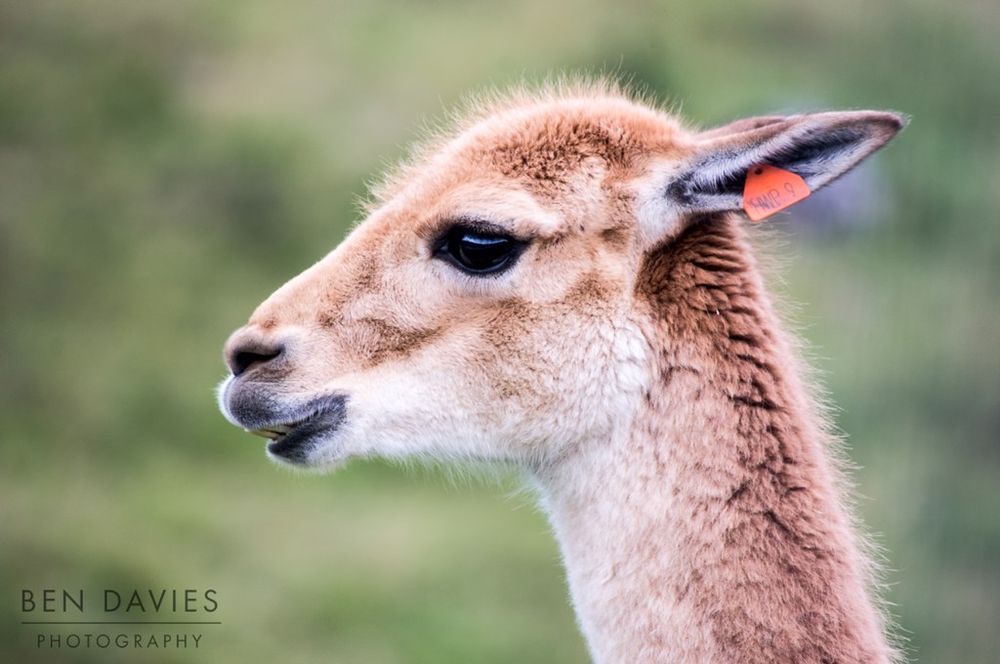Deep within the Andes of Peru gallops an animal that’s treasured across the world. It belongs to the family of Llamas but is called a Vicuña, identified by its slender 1.8mtr tall body and glistening mane. The coat of wool, sheer and soft and uncompromisingly warm, is sold more expensive than your finest cashmere. Stunned? The Vicuña’s wool is warm enough to keep its body temperature comfortably regulated against the harsh Andean temperatures at 4,000mts; imagine the magic it would wield in the more comfortable temperatures of your state.

Photo: Howard Cheung/Flickr
In the pre-Columbian world of the thirteenth century, Vicuñas enjoyed almost a kind of reverence in the Incan empire. Their wool was considered to be a coat of gold, and was reserved only for the royalty. For them too shearing of the fur was a sacred process—large herds of Vicuñas were gathered and sheared in a process called Chaccu, but released thereafter. No one ever killed a Vicuña.
By 1532 though, Spanish conquistadors were taking over the land and breaking its traditions for profit and moral high handedness. Vicuña wool was accepted to be a profitable commodity equivalent to silk in the olden times. The difference was that among the Spanish, killing came easy. Millions of free roaming Vicuñas were violently poached and peeled for their precious manes. Only a few centuries later, order was restored. With only 6,000 Vicuñas left in 1960, the Peruvian government declared them to be an endangered species. Poaching was banned once again. A 40 square mile Vicuña reserve called Pampas Galeras was created in the Ayacucho region.

Photo: Ben Davies/Flickr
Vicuña Wool in the Modern World
Suddenly Vicuña wool was more precious than ever. The government incentivised its trade in a way that poor households could begin earning off it. This would give the locals reason to protect the dwindling numbers. Today, about 200,000 Vicuñas roam the region once again. Chaccu ceremonies continue in rural communities and remain open to tourists as well.
The coat of a Vicuña takes years to grow back, which is why shearing happens about once in two years, with each animal yielding 200g to 500g of wool. A kilo of Vicuña wool sells for anywhere between $399 and $600. With its prized qualities, only four tons of this wool are exported annually to Italy, England, Germany and the United States. It’s not uncommon to find the world’s biggest celebrities and fashion brands to boast its coats and jackets on international occasions.

Photo: Sergio Otarola/Flickr
Each fiber measures about 12 microns, which is 12 thousandths of a millimeter. Can you think of something that could match that level of fineness? Moreover, they are also capable of interlocking among themselves due to the presence of scales. This means that Vicuña wool can trap heat and air within its threads. Cashmere, one of the world’s most famous wools, is 10 times heavier than Vicuña wool, which is also hypoallergenic. And if all this doesn’t sell you on why Vicuña wool is the most expensive wool on Earth, think about how seamlessly its natural cinnamon shades will blend into your wardrobe and tell us if it doesn’t seem like a must-buy.
References
# Masterclass.com
# The Indian Express
# Magazine Horse












Comments
Post a Comment